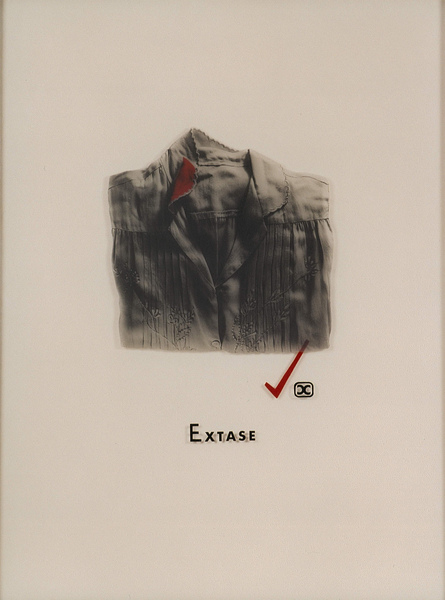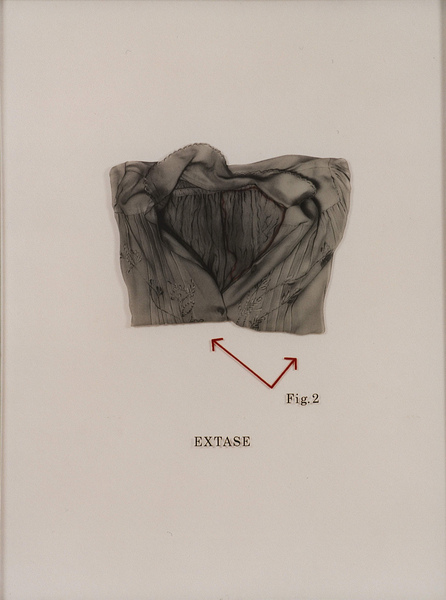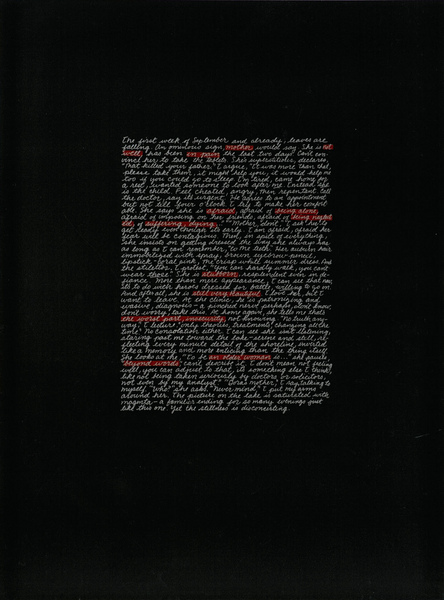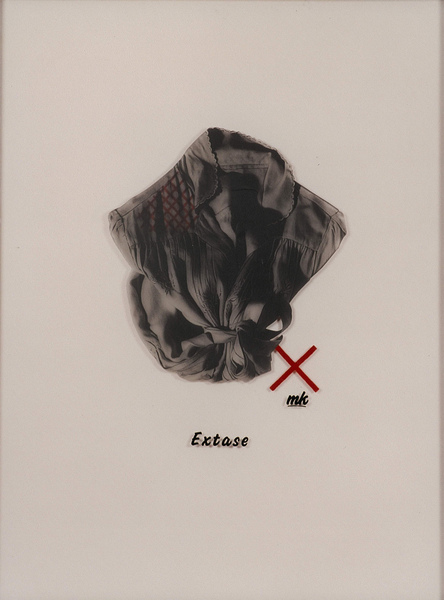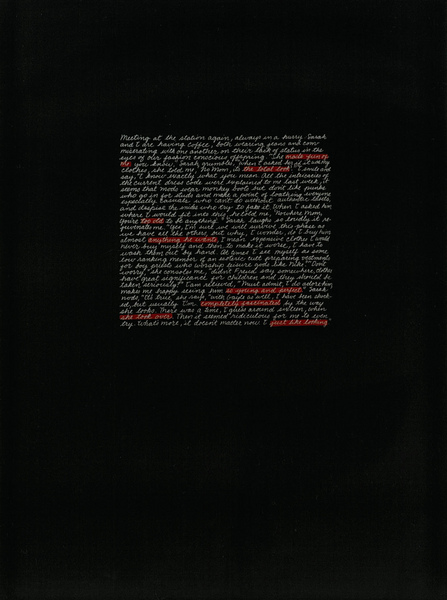Mary Kelly
Born 1941 Iowa, United States
Biography
Mary Kelly is best known for her project-based works which address questions of sexuality, identity, and the impact of historical events on everyday life. She completed a BA in Art and Music at the College of Saint Teresa in Minnesota, followed by painting in Florence, and then postgraduate study at Central Saint Martins in London. Her move to London in 1968 coincided with the peak of student protests across Europe, and she became closely involved in the early women’s movement throughout the 1970s. During this period, Kelly produced the large-scale installation Post-Partum Document (1973-79), which is now considered to be one of the most important feminist artworks of the twentieth century. Post-Partum Document explores the nature of motherhood through the display of dirty nappies. Further large-scale project-based works followed, addressing themes such as war and the nature of collective memory. Kelly has been the subject of several retrospectives, including at the Whitworth Art Gallery in Manchester (2011), and survey shows at Moderna Museet, Stockholm (2010), and Centre for Contemporary Art, Warsaw (2008). Now based in Los Angeles, she is the Judge Widney Professor at the Roski School of Art and Design, University of Southern California.
Artwork Information
Extase (1986) is part of the large-scale installation ‘Interim’ (1984–89). As the overarching series, ‘Interim’ is divided into four themed-parts to interrogate women’s relationship with different aspects of life: Corpus (body), Pecunia (money), Historia (history) and Potestas (power). These four parts are then divided even further, with each being an interrogation of its theme in relation to feminine subjectivity. Extase, the work within The Women’s Art Collection, is part of Corpus.
Although Corpus is titled after the body, Kelly never actually represents the female form. Instead, she tries to convey women’s consciousness and subjectivity. Extase is named after one of the so-called ‘passionate attitudes’, which the nineteenth-century psychiatrist Jean-Martin Charcot – a one-time teacher of Freud – used to describe hysterical women. The panels that comprise Extase replicate the scale of bus stop advertisements and have reflective surfaces, meaning that, standing in front of the photographs, the viewer sees themselves reflected in the work. This creates a sense of (perhaps uncomfortable) complicity.
The panels alternate rhythmically between light and dark, image and text. The odd-numbered panels (light) contain screen-printed images of the artist’s clothes in varying states of disarray, such as her embroidered nightie. These images of the clothes reference photographs taken by Charcot of the patient at his hospital for nervous diseases. The even-numbered panels (dark) feature first-person narratives in which anonymous middle-aged women discuss fashion and their experiences as wives, mothers, sisters, and daughters. In the three years leading up to the project, Mary Kelly kept a notebook – or as she called it, an archive – in which she recorded conversations she had overheard or engaged in with women who were involved in 1970s feminism. The confessional passages in these photographs are based on these conversations and comically mimic the style of women’s magazines.


